
The Hubble Space Telescope
Revealing All the Secrets of the Universe

The Impact of the Hubble Space Telescope


The Impact of the Hubble Space Telescope
Even though the mirror flaw had been prevalent for a fair couple of years before it was fixed, the images the Hubble Space Telescope produced were ground, and sometimes even mind, breaking. Every image was a brand new discovery of parts of our universe that we could never know of otherwise. Every image was one that astronomers looked at and felt wonder inside them. Every image was another piece of the universe that we put together. Essentially, the Hubble Space Telescope was our key to understanding the universe. So let’s see what the “hub bub” is about.
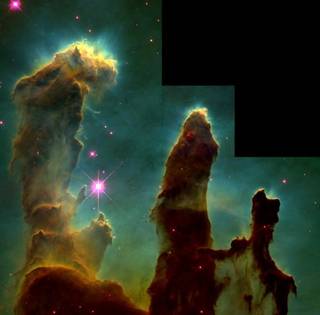
"Dubbed the 'Pillars of Creation,' it shows three huge columns of cold gas illuminated by light from a cluster of young stars with strong stellar winds located out of view above." (Hubble)
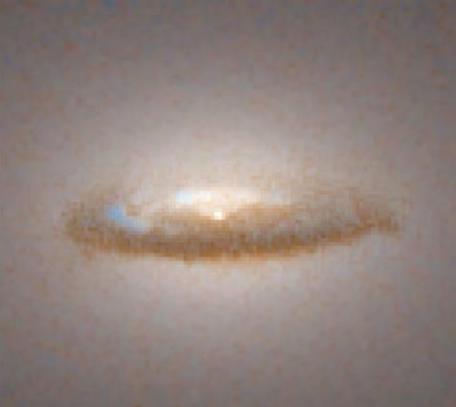
"These Hubble images show disks of dust that fuel black holes at the centers of the galaxies NGC 4261 [not pictured here] and NGC 7052 [above]." (Hubble)
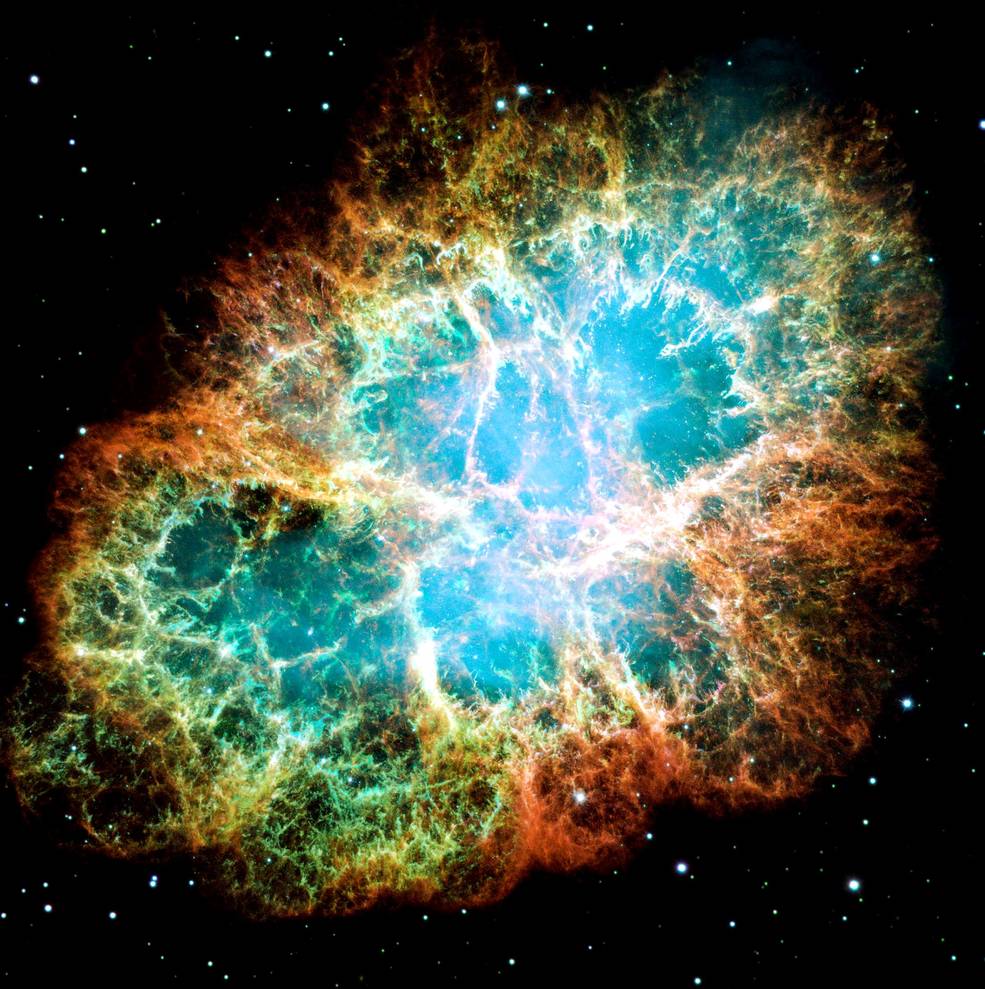
"M1, the Crab Nebula, is the remnant of a stellar explosion that was seen in the year 1054 AD." (Hubble)
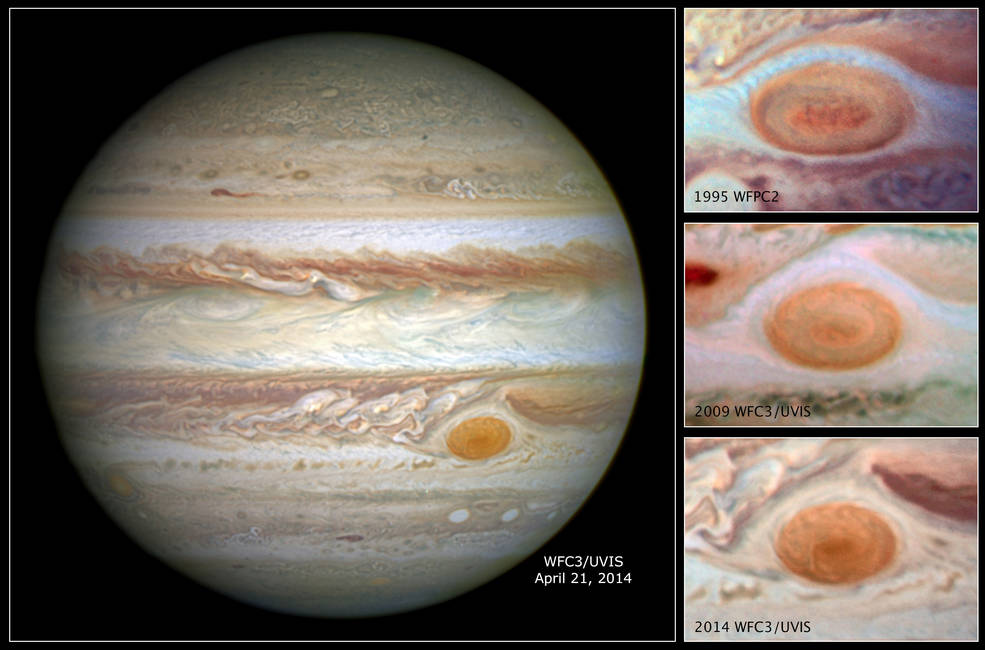
"Jupiter’s trademark Great Red Spot — a swirling, 300-mile-per-hour storm — has shrunk to its smallest size ever. Astronomers have followed this gradual downsizing since the 1930s but are now keenly monitoring its shrinkage and investigating its cause with Hubble." (Hubble)
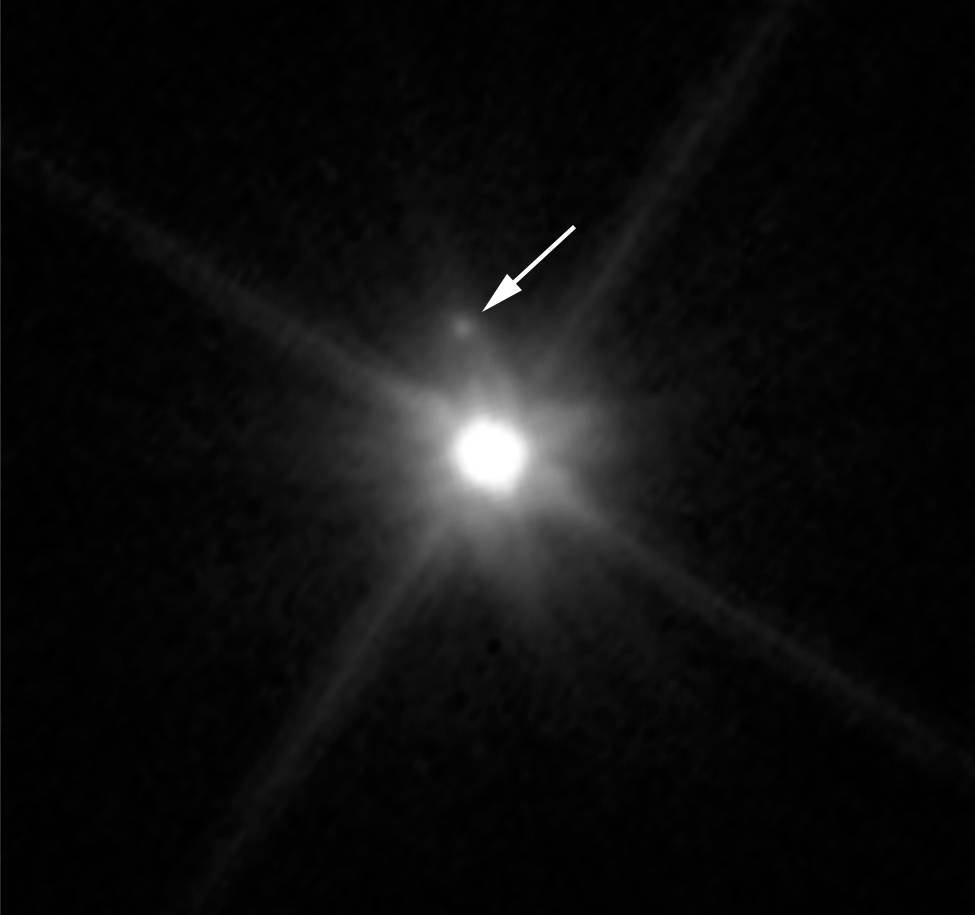
"Only about 100 miles in diameter, the tiny dot above the dwarf planet Makemake seen in this Hubble image is its orbiting moon, nicknamed MK 2" (Hubble)
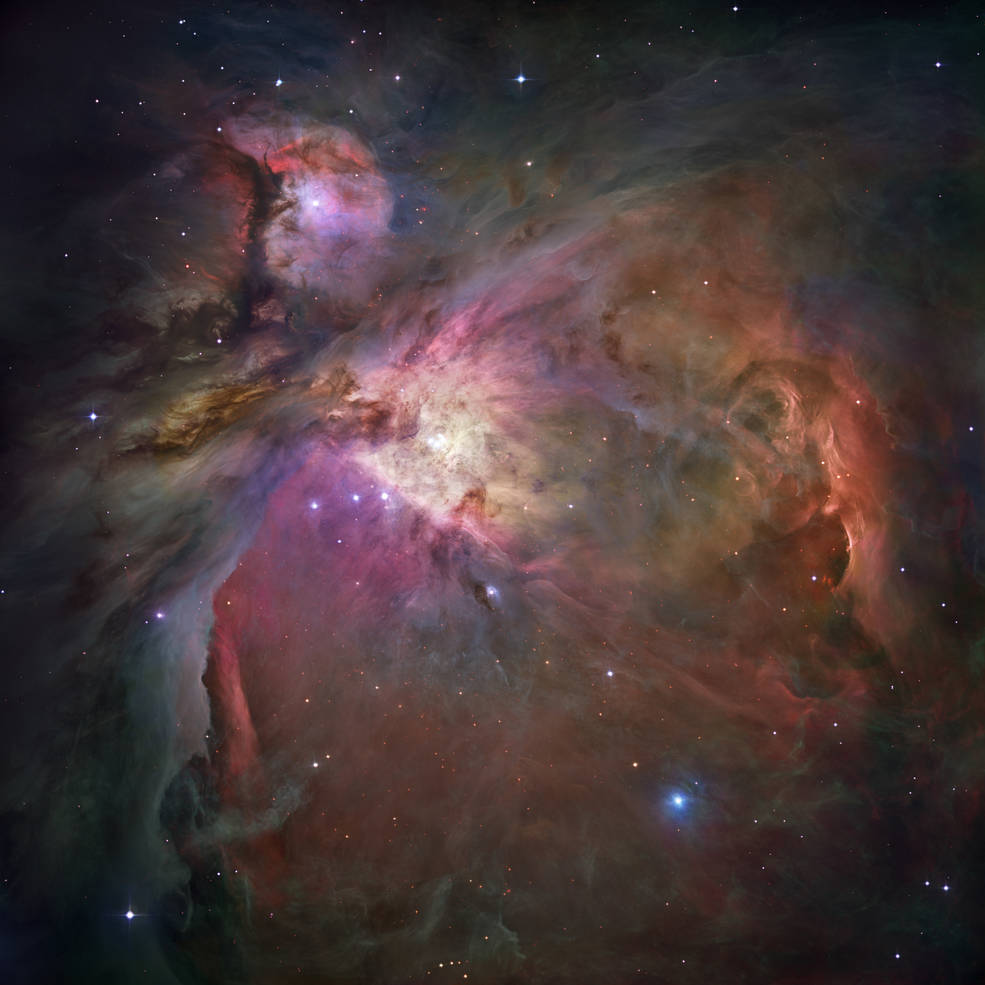
"This billion-pixel composite mosaic of the great Orion Nebula was created in 2006 using Hubble data." (Hubble)
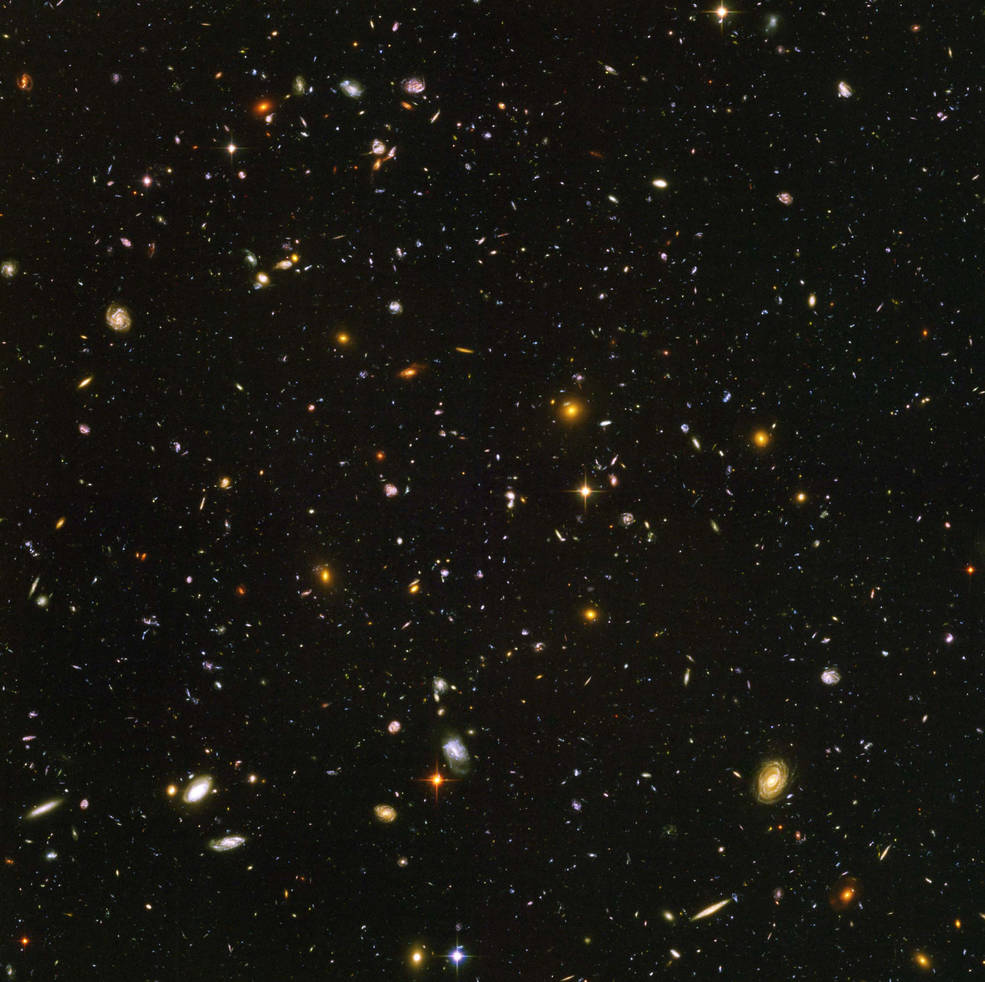
"Hubble’s Ultra Deep Field is one of the most distant looks into space ever. The cumulative exposure time needed to capture the image was about a million seconds." (Hubble)

"An odd, X-shaped debris field trailing dusty streamers is believed to be the remnants of an asteroid collision." (Hubble)